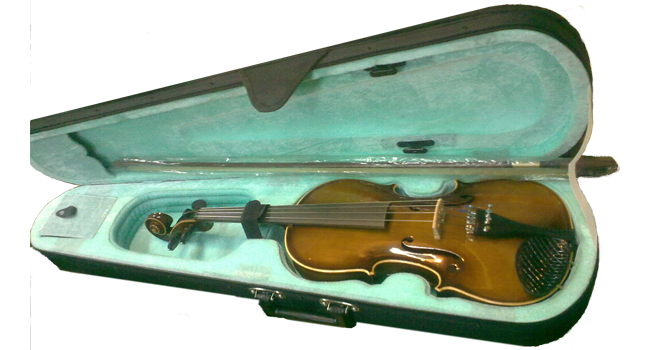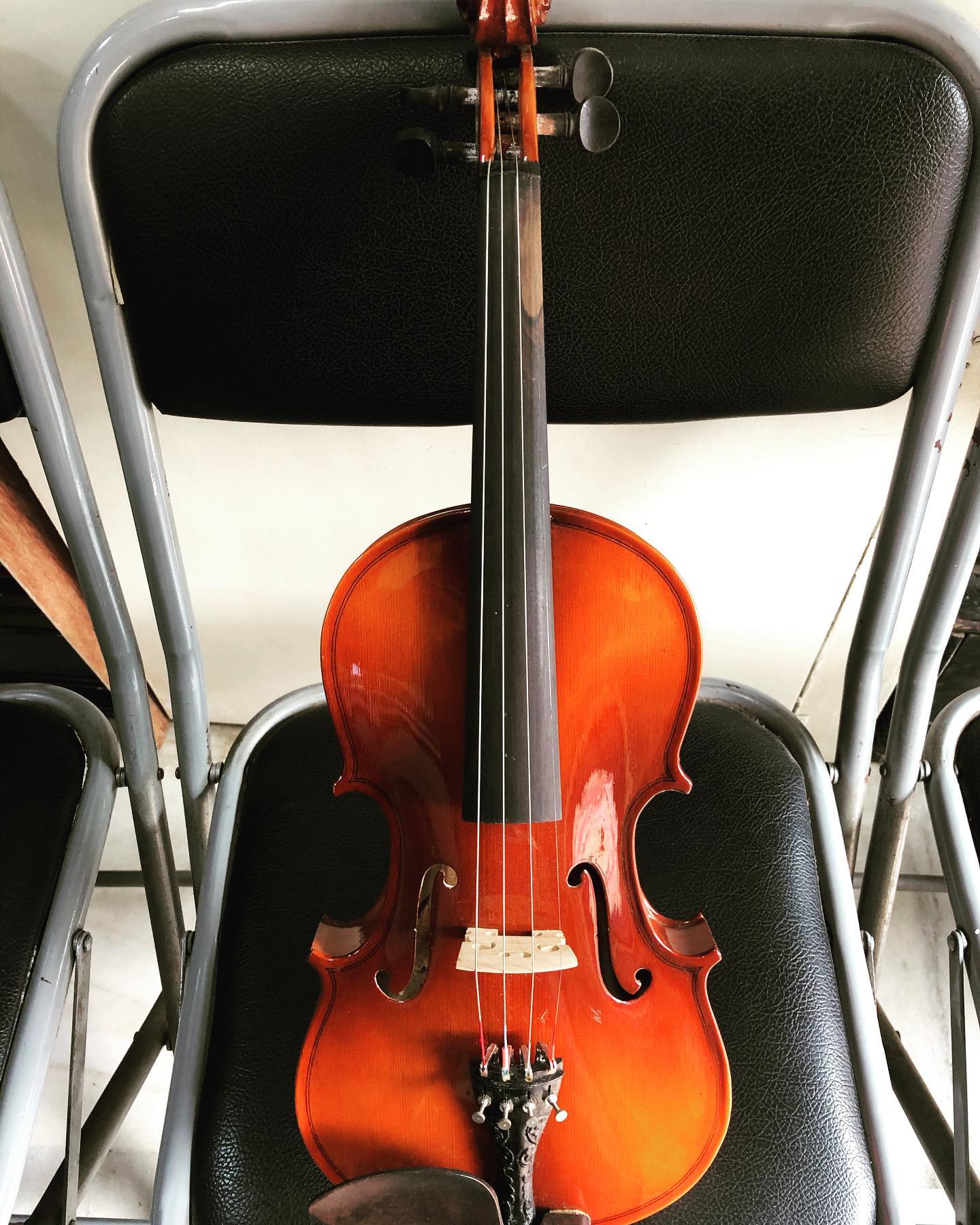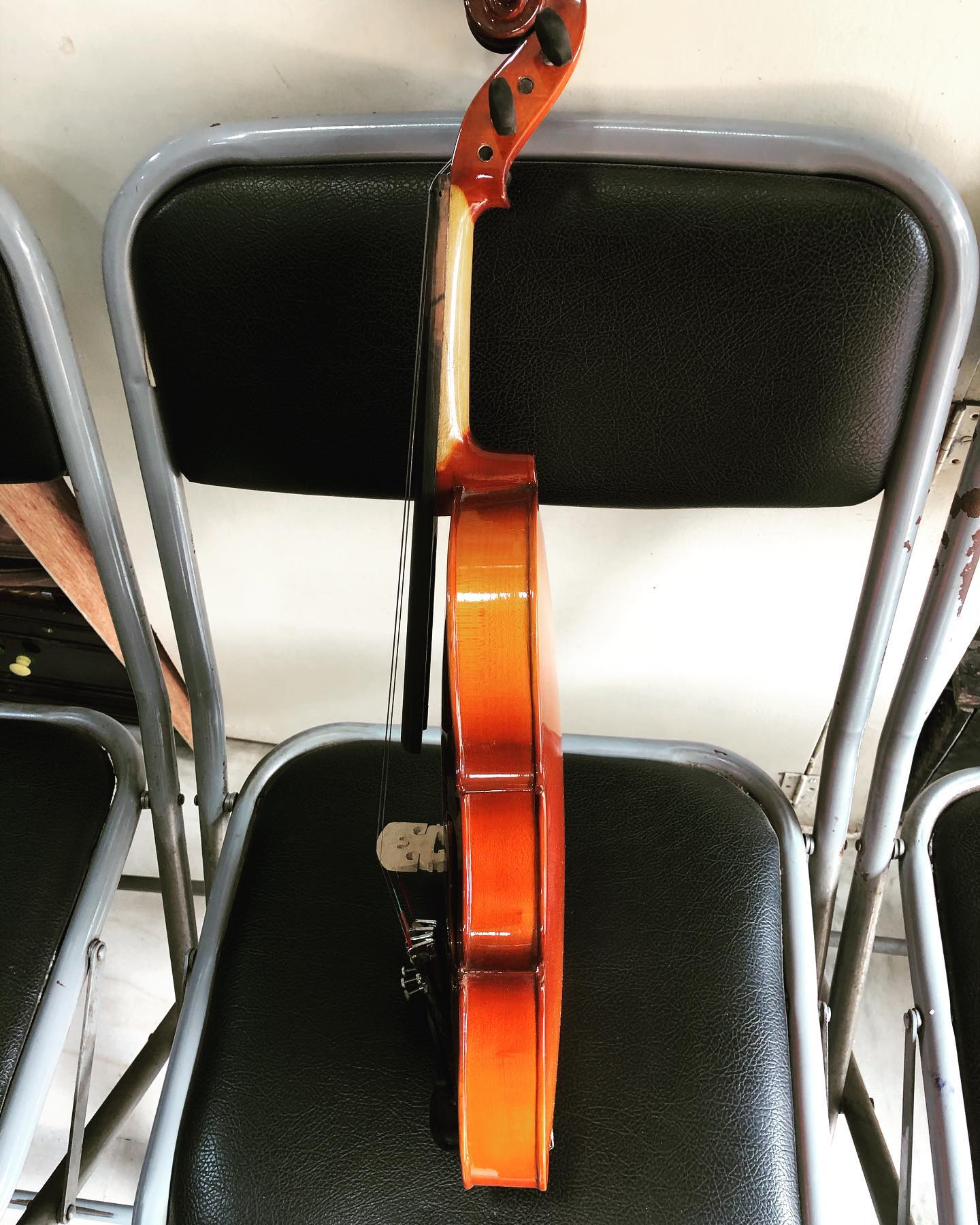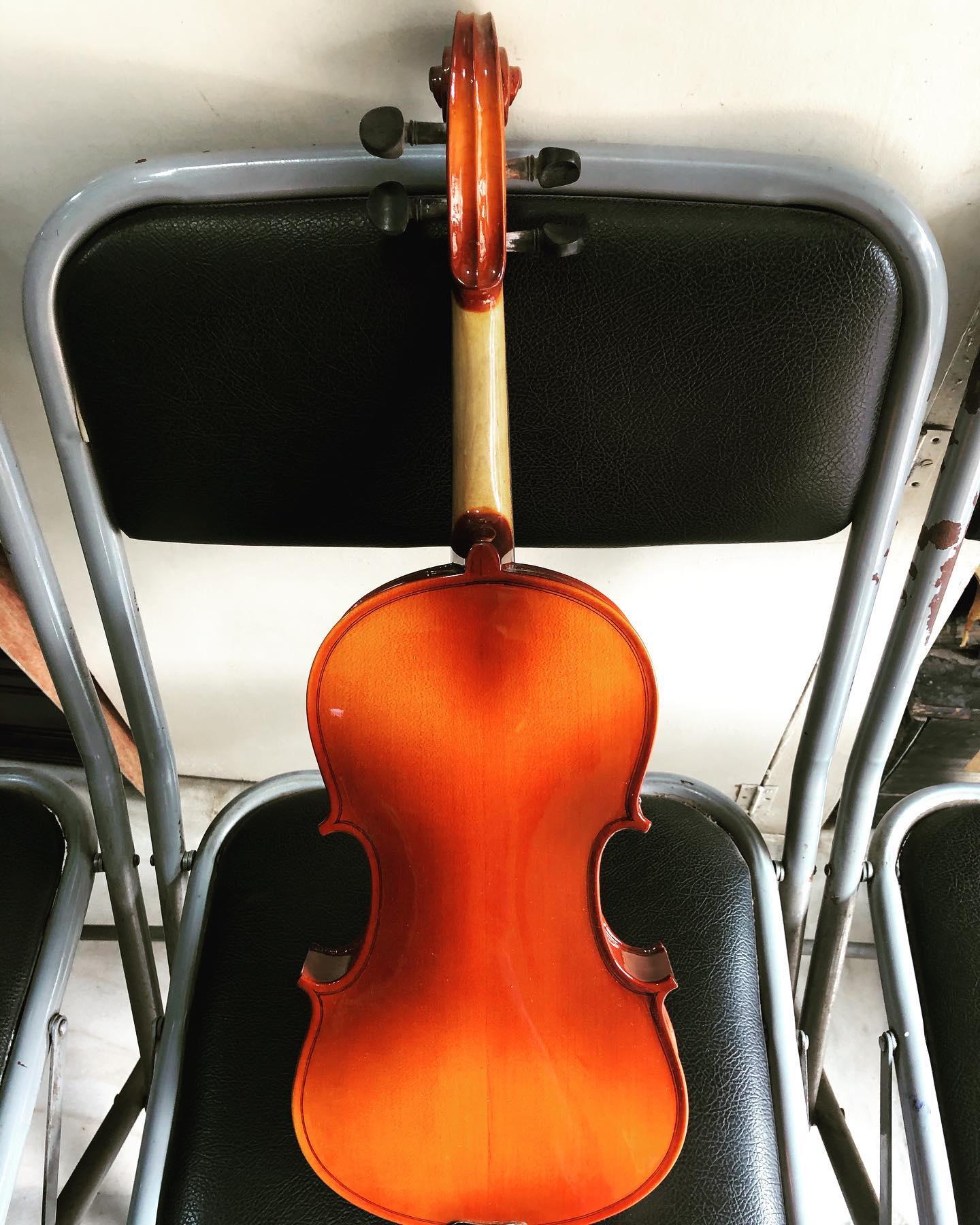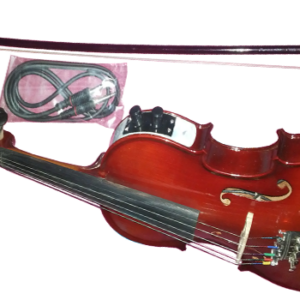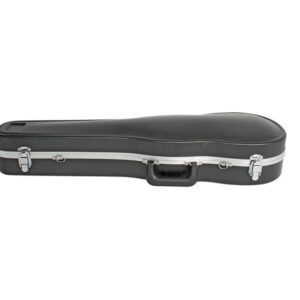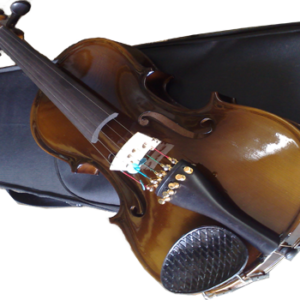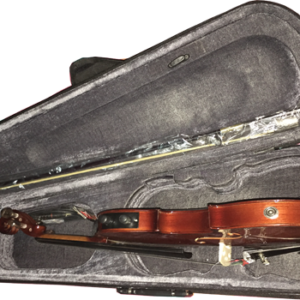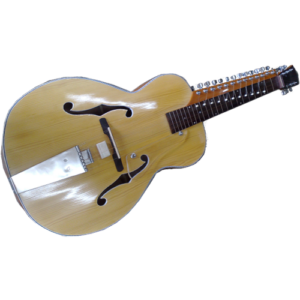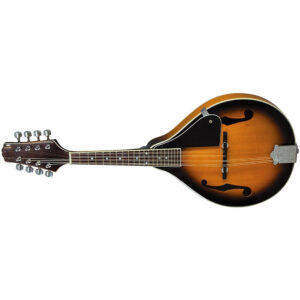Description
Violin- 4 Strings
Special Features:
Comes with a secured box, bow and rasin, Rosewood pegs.
Delivery Time: 10-12 Working Days after Successful Payment.
For More information SMS 1600E Name Email Country and Send to +919830066661
N.B: All prices are inclusive of Shipping (International Air Mode)/ Packing/ Tax/ Insurance. No hidden cost. Read our Terms & Conditions, Privacy Policy and Shipping Policy.
In The Box: Violin- 4 Strings, Bow, Raisin, Box
History (Wikipedia):
From where we get Violin- 4 Strings- Small history below:
Our knowledge about the instrument is from Wikipedia. As per Wikipedia, we shared this small history to let our customers know about the history. The earliest stringed instruments were mostly plucked (for example, the Greek lyre). Additionally, two-stringed, bowed instruments, played upright and strung and bowed with horsehair, may have originated in the nomadic equestrian cultures of Central Asia, specifically in forms closely resembling the modern-day Mongolian Morin huur and the Kazakh Kobyz. Furthermore, traders likely disseminated similar and variant types along east–west trading routes from Asia into the Middle East and the Byzantine Empire.
Rebec, fiddle, and lira da braccio are generally considered the ancestors of the violin. However, several sources suggest alternative possibilities for the violin’s origins, such as northern or western Europe. In fact, the first makers of violins probably borrowed from various developments of the Byzantine lyra. For instance, these included the vielle (also known as the fidel or viuola) and the lira da braccio.
Moreover, the violin in its present form emerged in early 16th-century northern Italy. Notably, northern Italy produced the earliest pictures of violins, albeit with three strings, around 1530, coinciding with the appearance of the words “violino” and “vyollon” in Italian and French documents. Furthermore, one of the earliest explicit descriptions of the instrument, including its tuning, is from the Epitome musical by Jambe de Fer, published in Lyon in 1556. By this time, the violin had already begun to spread throughout Europe. Thus, this provides a basic history of the instrument.
